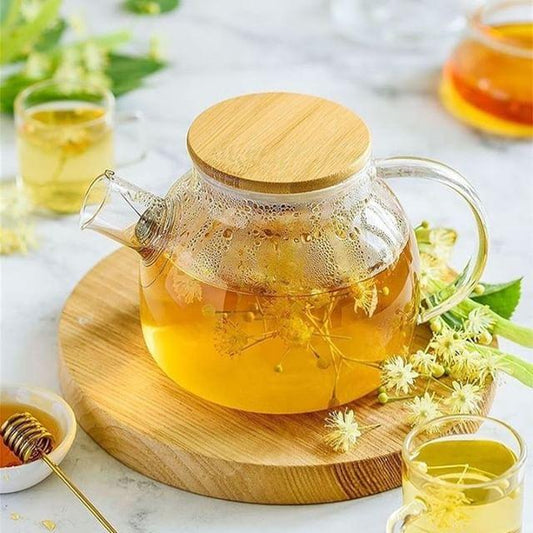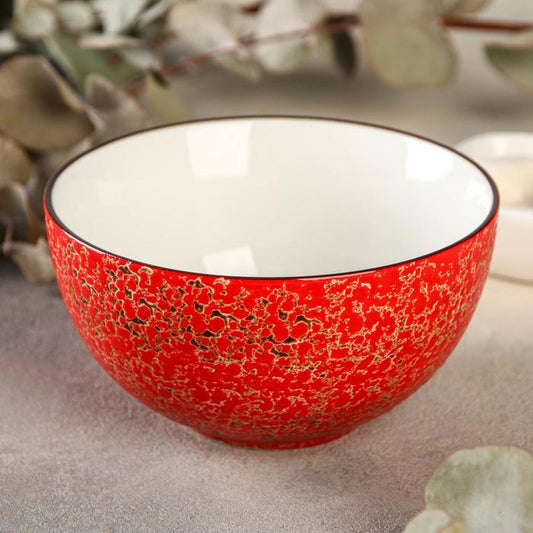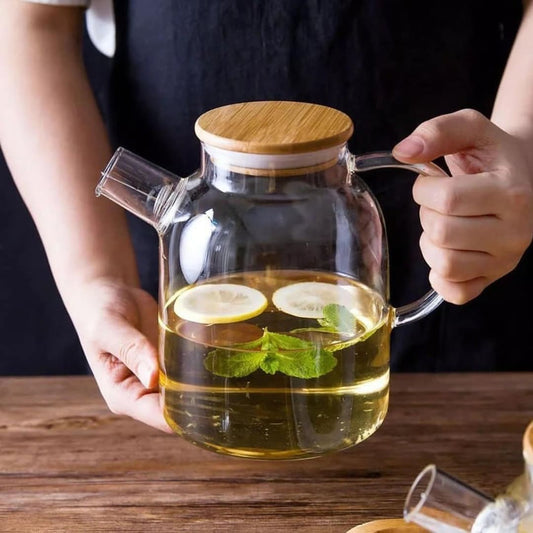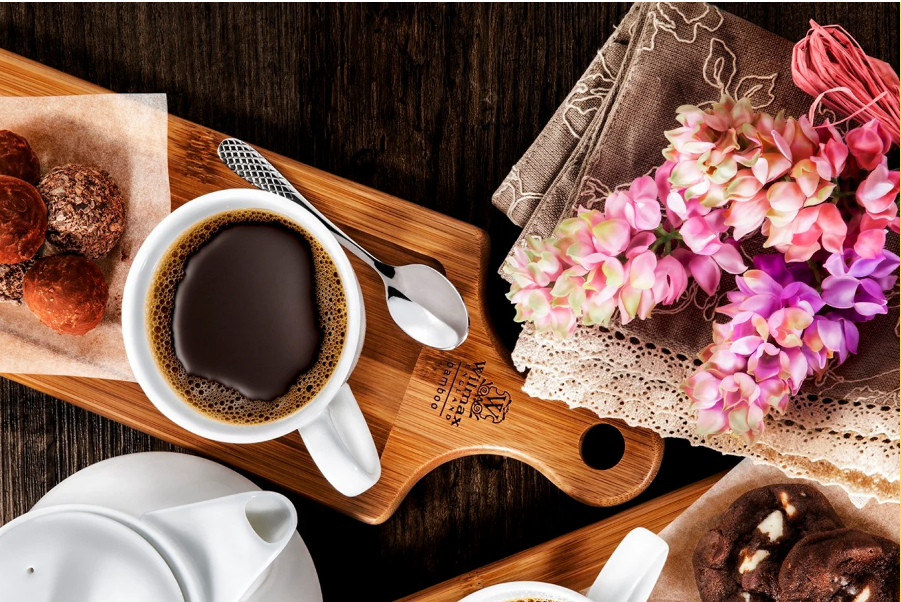The Complete Guide to Pickling for Flavor and Longevity

Crunchy dilly cucumbers, fiery kimchi, tangy pickled red onions… pickling is equal parts preservation and flavor alchemy. Whether you prefer quick refrigerator brines or slow, fizzing ferments, this guide demystifies every method—so you can extend harvest bounty, slash food waste, and stock your pantry with jars bursting in color and zing.
1. Why Pickle? Five Timeless Benefits
- Extended shelf-life: Acid or lactic acid lowers pH, halting spoilage microbes for months – even years.
- Flavor amplification: Sour, salty, sweet, and spicy layers perk up rich or fatty dishes without extra fat or sugar.
- Gut-friendly microbes: Naturally fermented pickles deliver probiotics that may aid digestion and immunity.
- Zero-waste mindset: Bruised cucumbers, carrot tops, citrus peels all become gourmet instead of compost.
- Cultural connection: From Japanese tsukemono to Scandinavian pickled herring, every jar tells a heritage story.
2. Two Main Pickling Paths
A) Vinegar (Quick) Pickling
A hot brine of vinegar, water, salt, and (optionally) sugar is poured over produce, then cooled. Ready to eat within hours, these “refrigerator pickles” are bright, crisp, and practically fool-proof—though non-shelf-stable unless water-bath canned.
B) Lacto-Fermentation
Vegetables soak in a 2–3 % salt brine. Salt suppresses spoilage organisms while lactic-acid bacteria convert natural sugars to lactic acid. Ferment 3–30 days at room temp for tangy complexity, fizz, and live cultures. Store cold once desired sourness is reached.
3. Must-Have Gear
| Item | Purpose |
|---|---|
| Wide-mouth glass jars (pint–quart) | Non-reactive vessel for both methods |
| Airlock lids or loose caps | Release CO₂ from ferments; prevent mold |
| Glass/ceramic weights | Keep veggies submerged under brine |
| Stainless tongs & funnel | Mess-free packing and de-airing |
| Kitchen scale | Precise 2–3 % salt calculations (ferments) |
Budget tip: A folded cabbage leaf works as a weight; a basic mason lid “burped” daily can replace an airlock for small batches.
4. Core Brine & Spice Formulas
Vinegar Brine (Hot-Pour)
Ratio | 1 cup vinegar : 1 cup water : 1 Tbsp salt + 1 Tbsp sugar
Yields ~2 cups—expand as needed.
Simmer brine 2 min with whole spices; pack raw vegetables tightly; cover with hot brine, leaving ½″ headspace. Cool, cap, and refrigerate. Flavor develops after 24 h; peak crunch within 4 weeks.
Ferment Brine (2.5 %)
Ratio | 25 g sea salt per 1 L de-chlorinated water
Multiply for larger vessels.
Dissolve salt, pour over produce until fully submerged. Ferment 65–72 °F; taste daily after day 3. Transfer to cold storage when acidity is to your liking.
5. Produce Cheat-Sheet: Texture & Pairings
| Veg / Fruit | Best Method | Seasonings |
|---|---|---|
| Cucumbers (Kirby) | Vinegar & Ferment | Dill, garlic, mustard seed |
| Red Onions | Quick Vinegar | Coriander, lime zest |
| Carrots & Daikon | Ferment (matchsticks) | Ginger, chile, fish sauce |
| Green Tomatoes | Vinegar | Bay leaf, peppercorn |
| Strawberries | Quick Sugar + Vinegar | Balsamic, black pepper |
6. Three Signature Pickle Recipes
Classic Garlic-Dill Fermented Cucumbers
- Trim blossom ends of 1 kg Kirby cucumbers; pack jar with 4 garlic cloves, 2 dill heads, 1 tsp mustard seed.
- Pour 2.5 % brine to cover, weight, seal with airlock.
- Ferment 7–10 days @ 70 °F, then refrigerate. Crunch lasts 3 months.
Quick Pink Pickled Onions (15 min!)
- Thin-slice 2 red onions. Bring 1 c vinegar, 1 c water, 1 Tbsp salt, 2 Tbsp sugar, 1 tsp coriander to boil.
- Pour hot brine over onions; cool 15 min. Store chilled up to 4 weeks.
- Ideal on tacos, avocado toast, or grain bowls.
Fermented Mango-Ginger Chutney
- Combine 300 g diced ripe mango, 50 g onion, 10 g grated ginger, 6 g salt.
- Pack jar; ferment 3–5 days 70 °F until slightly fizzy.
- Serve with curry, sharp cheddar, or roast pork.
7. Troubleshooting & Storage FAQs
- Slimy texture: Brine too weak or temp too warm—discard and adjust.
- Cloudy brine (ferments): Normal; yeast and lactic bacteria in suspension.
- Soft cucumbers: Use grape/cherry leaves for tannins or swap to firmer variety.
- Refrigerator life: Vinegar pickles 2–3 months; ferments 6+ months if cold and submerged.
- White film (kahm yeast): Skim; flavor might be tangier but safe.
Share:





